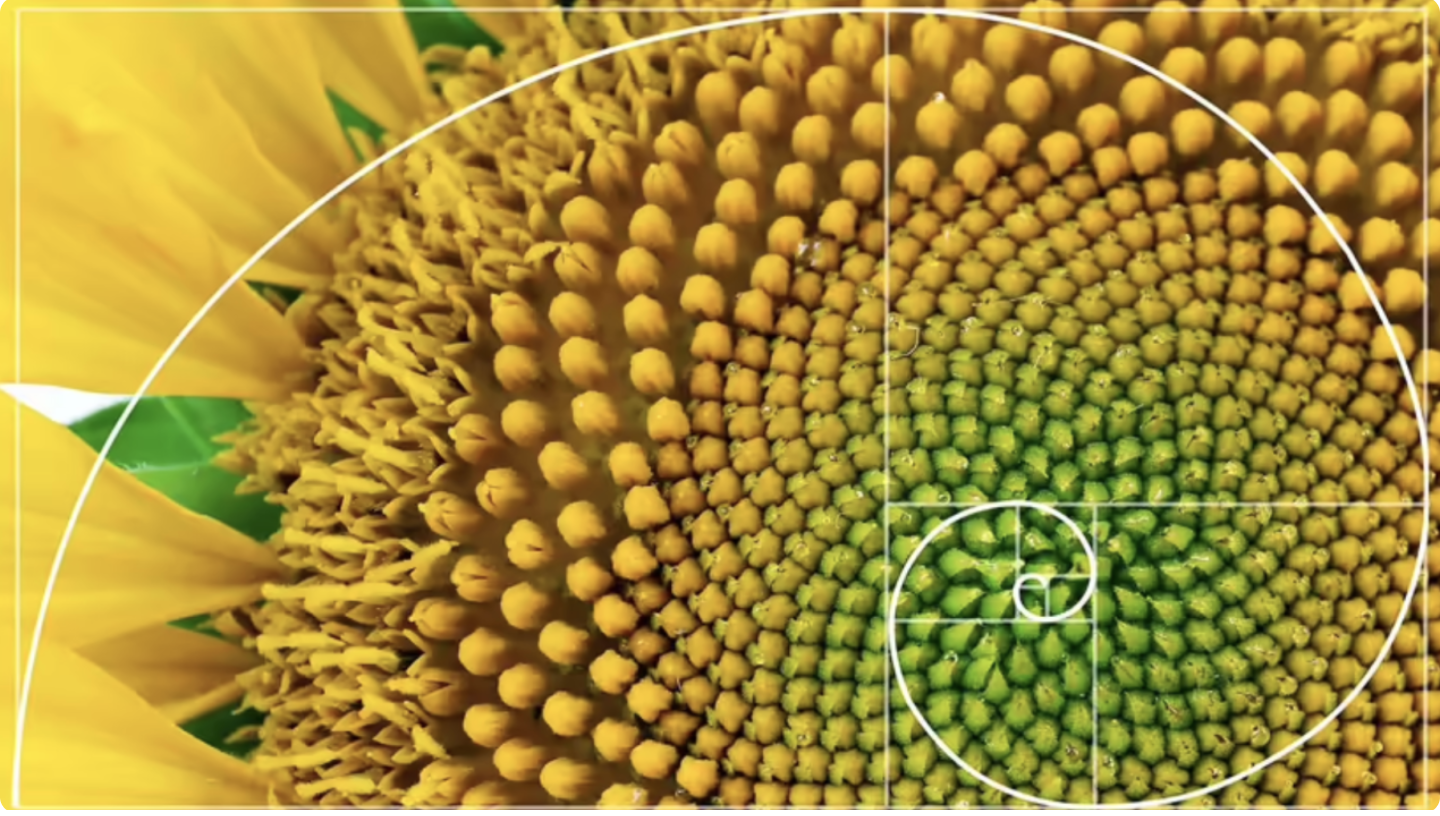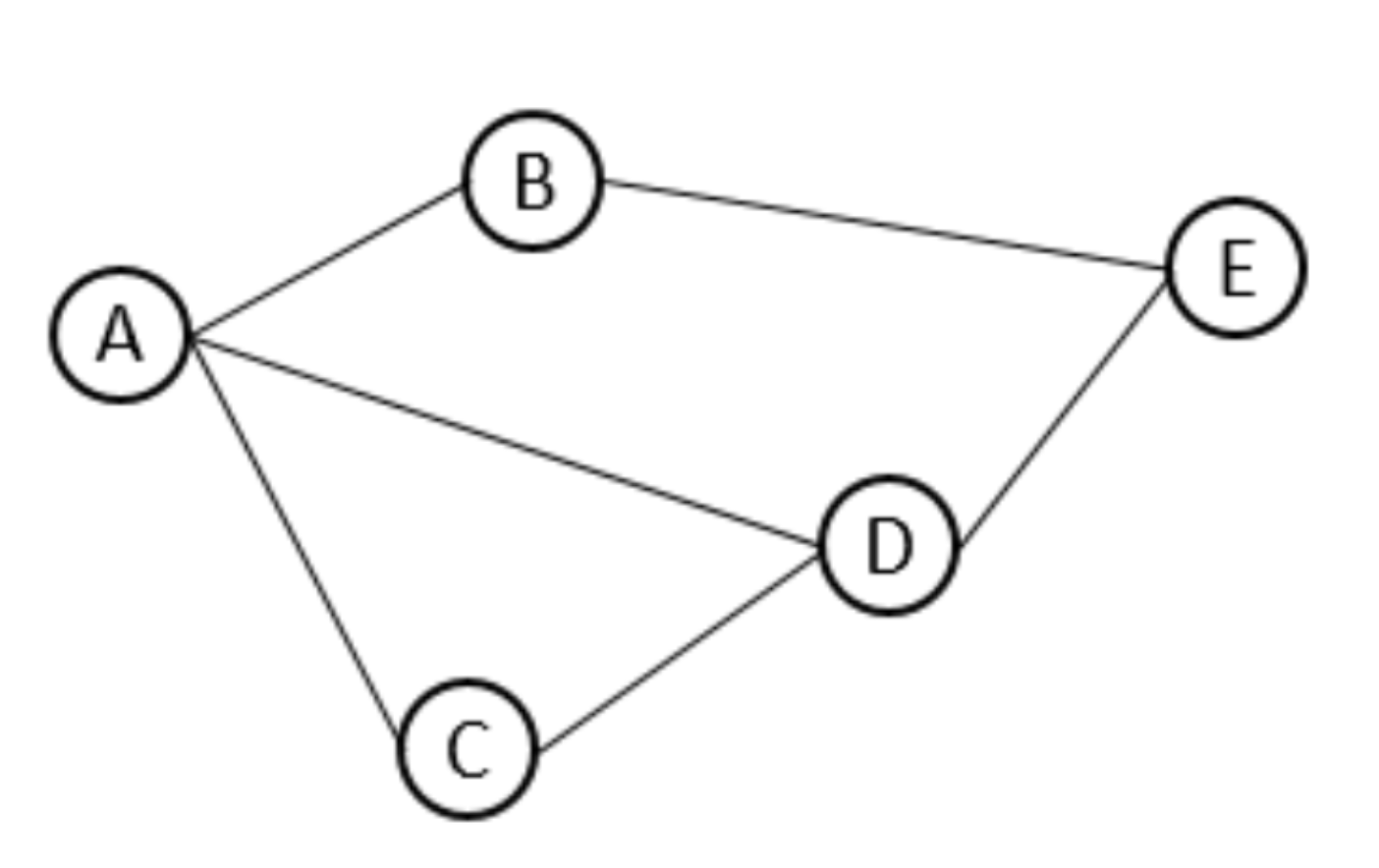Are clues to AI Innovation found in nature?

Decision science, when viewed through neurological and cognitive lenses, allows researchers to delve deep into the intricate and complex processes that underlie human decision making. Cognitive functions such as attention, memory and executive function play a crucial role in how we process information and ultimately make decisions.
Neurological studies in decision science often use imaging techniques like fMRI to observe brain activity in real time to better understand how decisions are being made. This helps us to understand the neural correlates of decision making, including bias influencers such as dopamine which influence risk-or perceived risk, or how the amygdala’s response to fear can influence and impact decisions.
Cognitive psychology contributes further to decision science by exploring heuristics, mental biases, and perception impact decisions. These biases, such as ‘Confirmation Bias’, or even the ‘Availability Heuristic’ can lead to errors in judgement which lead to flawed decision pathways and outcomes.
Recent work, led by Google’s DeepMind team in conjunction with Princeton University researchers, focuses on new methodological approaches for technology which mimic how the human brain works. Furthermore, there have been several recent advances in decision mapping led by researchers at Carnegie Mellon University’s (CMU) Center for Advanced Process Decision Making, as well as, CMU’s Department for Social and Decision Sciences which carry value in building artificial intelligence models.
Marrying these emerging approaches allows data scientists, information architects, data and software engineers to advance Artificial Intelligence Models beyond our first and even second generation LLM’s.
Interestingly, some of the most effective AI modeling doesn’t originate from new structures. Multi-dimensional computing tools have existed for some time. What makes ‘now’ both new, different and tremendously exciting?
What is important today for artificial intelligence-based decision science and related systems, centers around three things:
- Vast amounts of available cross-categorical, structured and unstructured data
- Material increases in relatively cost-effective computing power
- Improvements in the fidelity and function of these multi-dimensional tools and the ability to synthesize tools such as these with specifically designed LLM ‘Species’ to create powerful hybrid intelligence tools working in concert without degradation in information quality or outcomes (NOTE: these stand apart from traditional ‘pure play’ LLM’s in which hallucinations and lies are prevalent)
These models resemble a network of interconnected points or branches which are adjacent or overlap one another. It’s a model that illustrates how a single decision point can lead to multiple pathways or branches, each in turn offering the possibility of other
intersections, each of which can represent a different potential outcome or course of action.
In this model of decision making, the process begins with the identification of a decision node, which is the point where a final choice which leads to a tangible outcome must be made.
This is the ‘Act’ step, even if the ‘Act’ is ‘No Action’. Interestingly, we have learned
that few if any decisions are final. They are influenced by the outcomes they inform, and the experiences encountered which reframes the decision node for when the process begins again.
A simple example of this is “Should I touch the flame?” Burning a finger informs whether it was a good decision to stick your finger in a candle flame.
The mistake reframes the decision node and the next outcome, which is to likely not stick your finger in the flame.
A flame is bad, but what does electricity from the outlet feel like?
A Decision Node consists of a center point, or a ‘nucleus’ from which the branches extend. Each branch leads to further nodes which specific information encoded which influences the path of the decision.
This can be broken down into several simple cognitive steps, which have until recently been the state of the art in this process:
- Identification of the decision to be made or identification of a series of decisions that lead to a ‘master decision’.
- Generation of the possible options or actions available or perceived.
- Evaluation of the consequences or perceived consequence of each option, considering factors such as risk, benefits, difficulty and probabilities of each, including influence of biases, acceptance or avoidance.
- Selection of the best perceived course of action. Selection is never linear. It involves a complex series of feedback loops where steps and outcomes are assessed and decisions or the steps in a decision are revisited.
The technical models which mimic the natural decision process are evolving quickly and new knowledge graph-based models are emerging. DecisionArts leverages n-dimensional knowledge graph structures in novel ways to tease out how products, content and consumer characteristics and attributes align.
- Nodes representing decision points and their proximity to other nodes. In multi-dimensional knowledge systems, knowing what these nodes are comprised of and their proximity to other nodes and what the various nuclei are comprised of is crucial to the effectiveness of the system and the ensuing processes.
- Edges as pathways to outcomes. Edges in a multi-dimensional model are analogous to branch pathways. Some edges have stronger bonds, some have weaker bonds which inform possibility and likelihood the path will lead to some defined certainty.
- Optimize edge routes and bond strength through algorithm to identify navigation efficiencies.
- Exploring all possible then probably possibilities through branching or edge mapping. Here the algorithms assist to explore all conceivable scenarios based on certain scoring models being applied.
- Cycles reflecting feedback loops.
- Probabilities and outcomes on weighted edges. This is an extension of step 3 but here, outcome values are more heavily utilized.
- Sequential decisions in a directed multi-dimensional structure. Directed structured, with unidirectional edges can effectively model the sequence and information in each step of the decision process, as well as the progression from one step, decision and even outcomes to the next.
Within the graph structure, a measured item (a consumer, a product, piece of content, etc.) and its address within the graph is plotted along with that item’s embedded meta data (the characteristics and attributes) in n-dimensional space.
However, it is extremely important when viewing structures and linkages in graph spaces to what we call 'Distance Warping'. While managing graph structures with tens or hundreds of millions of dimensions can provide high levels of fidelity, when they are output and represented in 2 dimensions, actual distances shown can warp. What looks like close adjacency in a 2D map can warp or change significantly as the perspective point in the graph shifts dimensions.

Distance warping plays a significant role on information and intelligence the system can yield and needs to be accounted for in ways similar to how astro-physicists account for how much light bends around bodies with significant gravitational fields. Without accounting for this, their measurements and the intelligence it yields would be incorrect.
Any item in the graph is surrounded by its various criteria, characteristics and attributes, which give the item shape, like a human cell. And, like human cells, the shape of these items and how they move have patterns. The patterns and profiles of these things along with the myriad of other elements which FELIX tracks in the GNN which are of supreme importance to yielding actionable intelligence.

There is much new intelligence that we can extract from FELIX, DecisionArts hybrid GNN engine. This intelligence can include products which appear to have little to nothing in common will resonate with the same consumer , doing so with uncanny accuracy. Which content and incentives will drive conversion with specific customers, at specific times in specific locations. Everything within FELIX’s knowledge graph has a unique ‘Fingerprint’.
In our next post, we will show what putting this approach to work can yield for brand marketers, as well as some of the shocking conclusions emerging AI and in particular Knowledge Graph driven systems like FELIX are revealing.

